Over 60,000 forecasts per year
According to statistics from the National Center for Hydro-Meteorological Forecasting, on average each year, the Meteorological sector provides approximately 60,000 forecasts and warnings on all meteorological, hydrological, oceanographic, natural disaster, and dangerous weather factors. The bulletins are broadcast regularly every day at fixed time frames throughout the year, along with monthly and seasonal bulletins, special and ad hoc bulletins depending on the development of weather conditions and natural disasters.
For example, the monthly weather forecast bulletin for the whole country recently released by the National Center for Hydro-Meteorological Forecasting said: Over the past month, the Northern and Central regions have seen rain spots that set records with total rainfall within 24 hours twice as high as before. Heavy rains can cause flooding in low-lying areas, urban and industrial areas; flash floods on small rivers and streams; and landslides on steep slopes.
Notably, the flood peak of Cau River recorded at Gia Bay hydrological station ( Thai Nguyen city) at 0:00 on June 22, 2025 exceeded the alarm level 3 by 43cm. After that, the water gradually receded. The river water level at 5:00 a.m. the same day was still 28cm higher than the alarm level 3. According to the Standing Office of the Steering Committee for Natural Disaster Prevention, Control and Search and Rescue of Thai Nguyen province, people affected by floods were all evacuated to safe places, 63 households returned home. The authorities guided vehicles to move through flooded areas, supported people, cleaned up, and overcame the consequences of natural disasters.
This is proof that the earlier and more specific the forecast and warning information reaches people before a natural disaster occurs, the more effective it is in preventing and minimizing damage. In a natural disaster situation, if the warning is delayed by just one day, the information will become meaningless and cause great difficulty for the response direction.
Vietnam is currently taking on the role of the Southeast Asia Regional Center for Severe Weather Warning and is in constant contact with the Chinese and Japanese meteorological and hydrological agencies. Within just 10 minutes, information from monitoring stations thousands of kilometers away, even tens of thousands of kilometers away from international stations, can be transferred to the Department of Hydrometeorology's Data Processing Center for analysis and issuance of official warning bulletins. From here, the information is sent to the National Steering Committee for Natural Disaster Prevention and Control, the Command Committees for Natural Disaster Prevention and Control at all levels and widely communicated to the people.
Furthermore, the current forecasting system is not only limited to technical numbers but is shifting towards impact forecasting, such as the impact on production, livelihoods and people's safety.
So that every citizen understands and uses the KTTV news effectively.
Hydrometeorological information is increasingly becoming an essential part of social life, especially for fields related to natural conditions such as agriculture , transportation, tourism, construction... However, the expectation of absolutely accurate weather forecasts, such as "when will it rain, where and how long will it last", is still beyond the current capabilities of science and technology. Therefore, the way to convey hydrometeorological news needs to be presented flexibly, easy to understand, timely and appropriate to the actual context, so that people can act at the right time and in the right way.
For the forecasting and warning system to be most effective, there needs to be coordinated efforts between specialized agencies, authorities at all levels, the press, media, and especially the community itself. When each citizen clearly understands the nature of the forecast and knows how to recognize danger signs, they will be more proactive in avoiding risks, such as stopping irrigation when there is a forecast of rain, or avoiding going outside when there is a thunderstorm...
In the context of fake news spreading more and more on social networks, improving the skills of reading, understanding, using and responding to meteorological and hydrological news is becoming more and more urgent. A lot of false information about storms and floods is released to "get likes" or to cause public confusion, disrupting disaster prevention and control work. Therefore, community training sessions are very important to help people access the right information and use it effectively in practice.
In particular, on-site communication plays an extremely important role in emergency situations. Village chiefs and local officials - who understand the language and culture of the region - are the fastest bridge to convey warnings to villagers. There have been cases where thanks to good observation and timely warnings by village chiefs and hamlet chiefs, the whole village escaped flash floods. Therefore, organizing training on reading skills and using forecast bulletins in the community is extremely necessary. When people understand and proactively respond, the hydrometeorological bulletin will truly promote its value as an effective tool to protect the community.
Source: https://baophapluat.vn/cong-nghe-va-truyen-thong-dong-hanh-de-canh-bao-som-thien-tai-post552731.html




![[Photo] Dan Mountain Ginseng, a precious gift from nature to Kinh Bac land](/_next/image?url=https%3A%2F%2Fvphoto.vietnam.vn%2Fthumb%2F1200x675%2Fvietnam%2Fresource%2FIMAGE%2F2025%2F11%2F30%2F1764493588163_ndo_br_anh-longform-jpg.webp&w=3840&q=75)





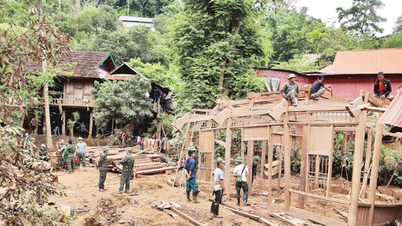































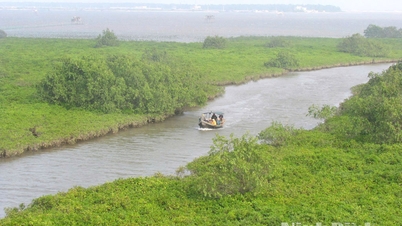

































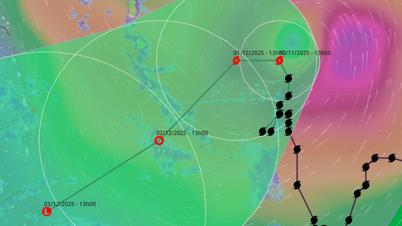



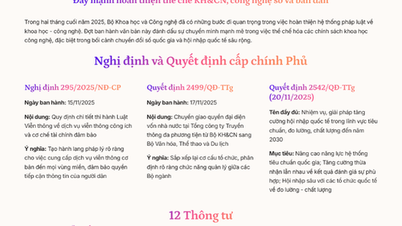

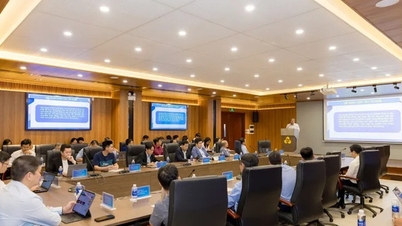






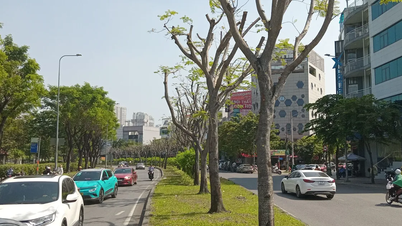




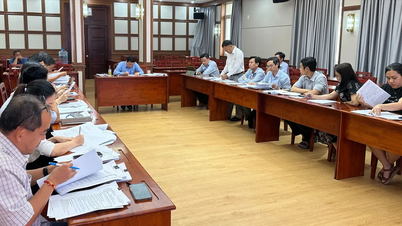












Comment (0)